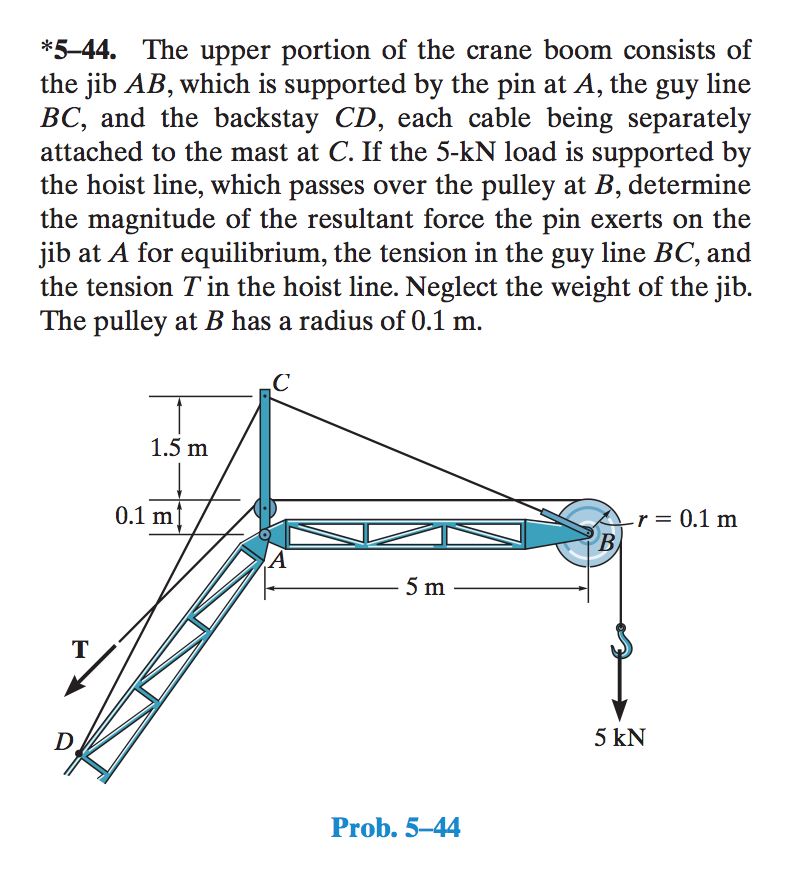
Barricades or caution lines and notices are erected to prevent all employees from entering the fall zone.The competent person determines that it is safe to do so and implements measures necessary to restrain the boom hoist and telescoping, load, swing, and outrigger or stabilizer functions.The load is to be held suspended for a period of time exceeding normal lifting operations.The operator remains adjacent to the equipment and is not engaged in any other duties.The operator must not leave the controls while the load is suspended except where ALL of the following criteria are met: Operator Responsibility While the Load is Suspended The operator must not engage in any practice or activity that diverts their attention while engaged in operating the equipment, such as the use of a cell phone (except when used for signal communications).

Before beginning a lift, you must determine the load weight by using a reliable means. To comply with the rated capacity, the weight of the load must be known. Swinging of the load caused by wind or other factors, can reduce the capacity of the crane from that which exists under ideal conditions. It is included because a variety of variable worksite conditions, such as However, any safety factor included by the manufacturer is not intended to be treated as excess capacity. Some crane users believe they can safely exceed the rated capacity because the manufacturer includes a safety factor in the loadĬhart. You must not operate a crane in excess of its rated capacity. The longer the radius at which the lift occurs, the smaller amount of weight the crane can lift. In general, the load chart states the weight of the load that the craneĬan lift at different boom radii. The combination of factors that enter into rated capacity is set forth in a load chart that must be on the equipment. Such as equipment configuration, radii, boom length, and other parameters of use. Such working conditions typically include a specific combination of factors Rated capacity means the maximum working load permitted by the manufacturer under specified working conditions. The term "rated capacity" is defined in section 1401, One of the most serious hazards that cranes present is collapse of the equipment caused by exceeding the crane's rated capacity.

Was this crane operating in excess of its rated capacity? Compliance with Rated Capacity


 0 kommentar(er)
0 kommentar(er)
